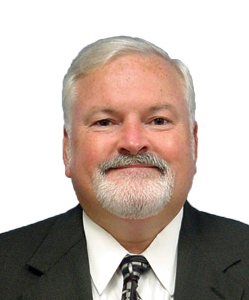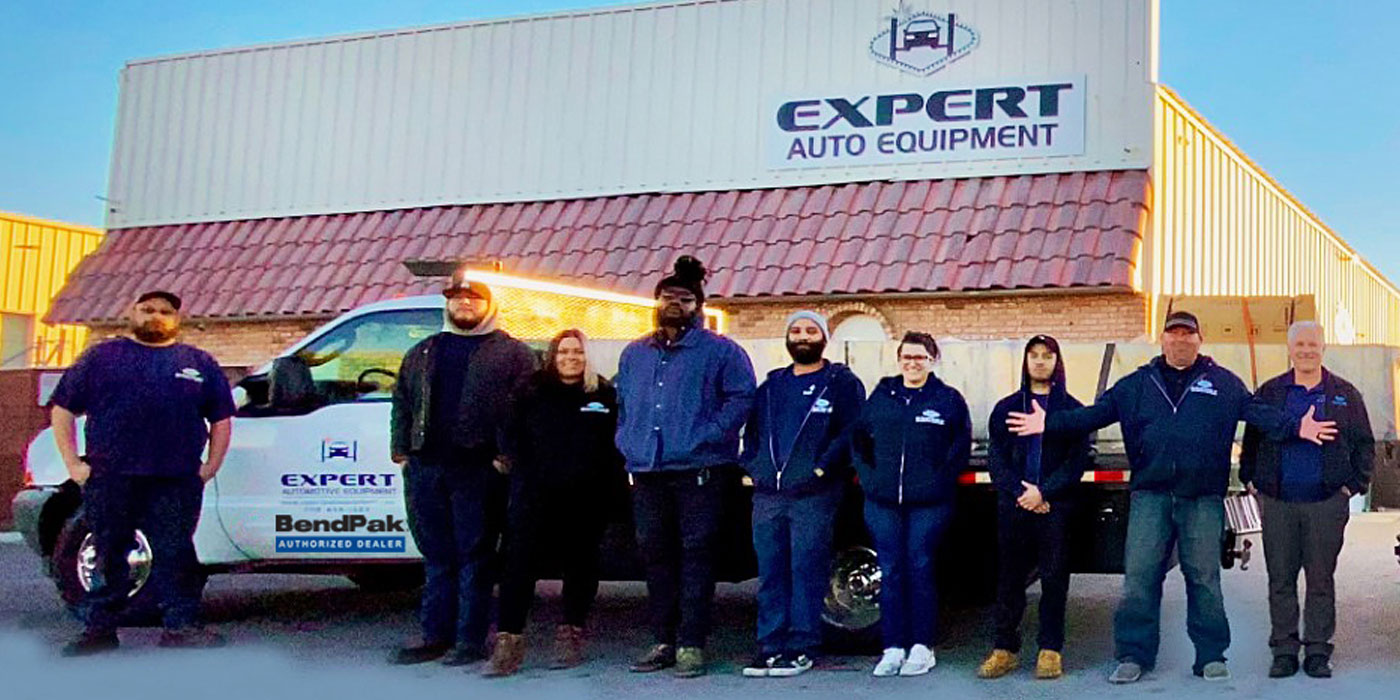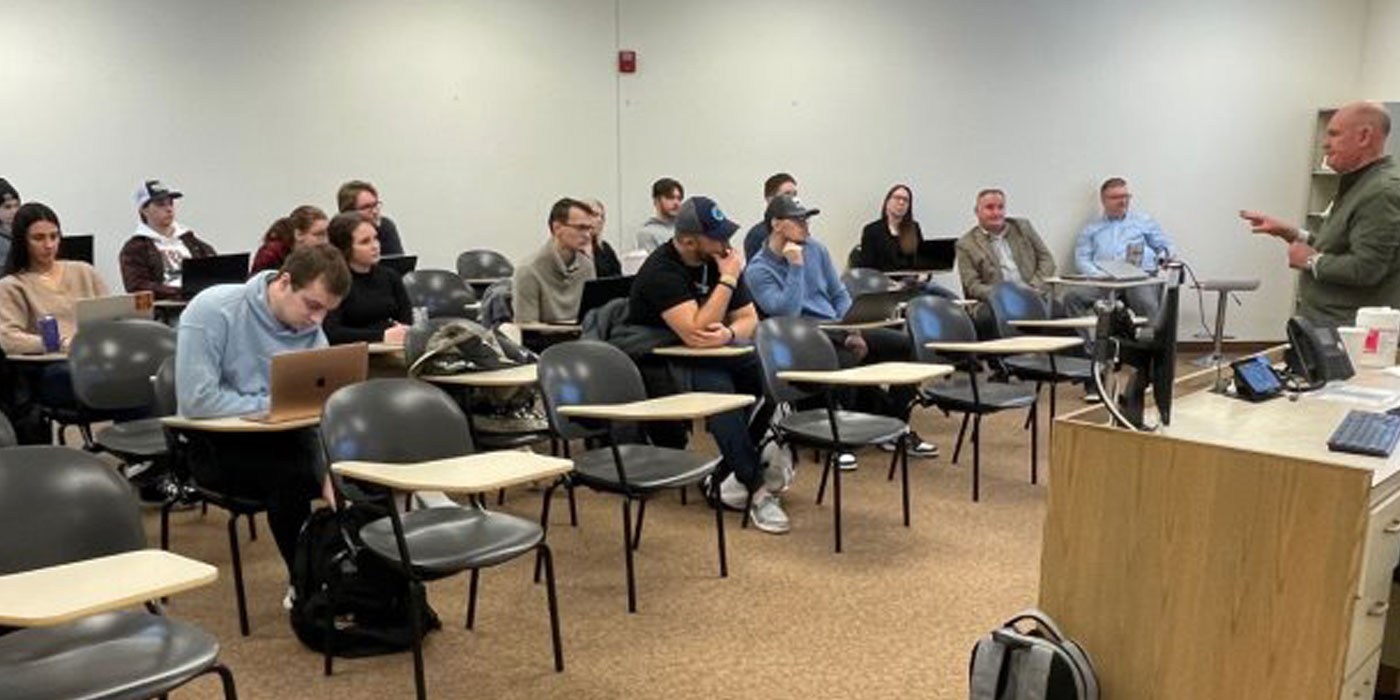The Automotive Aftermarket Industry Association recently rebranded itself the Auto Care Association, favoring the phrase “auto care” over “aftermarket.” Will you and your group adopt this new language? What are your thoughts on moving away from the term “aftermarket?”
The Alliance fully supports the move by our trade association to better and more clearly communicate with those who may be confused by or hold conflicting views of what the term “aftermarket” means. This change is most critical in the association’s efforts to communicate with lawmakers on Capitol Hill. Our legislators in their verve to serve often craft legislation that contains unintended consequences for small business. If our association representatives can get to those critical issues rather than waste even a minute of the time, they have with lawmakers explaining what the aftermarket is, the change is clearly the right thing to do. Certainly, when it comes to consumers, bringing our association name in sync with our vehicle owner outreach “Be Car Care Aware” creates useful synergies in our communications.
 That said, the term aftermarket as “trade jargon” is firmly rooted in our collective business culture. It is the business we are in and have so called it for more than a century. As an industry we must be careful not to become ensnared in the all too common practice of the day, politically correct speech. “Auto care” is an important and apt description for what we do. However, it is not a synonym for “aftermarket.” We have many shareholders who are engaged in businesses that are not “car care”-related, such as performance parts and accessories, heavy-duty, stationary engines, pumps and generators and many more activities that are clearly aftermarket businesses and not car care businesses. In those specific trade instances, the aftermarket name will remain relevant and in place.
That said, the term aftermarket as “trade jargon” is firmly rooted in our collective business culture. It is the business we are in and have so called it for more than a century. As an industry we must be careful not to become ensnared in the all too common practice of the day, politically correct speech. “Auto care” is an important and apt description for what we do. However, it is not a synonym for “aftermarket.” We have many shareholders who are engaged in businesses that are not “car care”-related, such as performance parts and accessories, heavy-duty, stationary engines, pumps and generators and many more activities that are clearly aftermarket businesses and not car care businesses. In those specific trade instances, the aftermarket name will remain relevant and in place.
It is very similar to the way we refer to “jobbers” when talking among those in the trade, yet refer to the same entities as “parts stores” when talking to those outside our industry. We need to use a similar filter as we transition and introduce the term “car care” into our vocabulary describing our industry. Apply it where it makes sense and not try to force it where it does not.
The Alliance will support and practice the use of the jargon “car care industry” where it makes strategic sense and fits. If, over time, it becomes the prevailing way people choose to describe the industry in the way that “remanufactured” came to replace “rebuilt” years ago, so be it. In the meantime, we will remain the Aftermarket Auto Parts Alliance.
The aftermarket truly has become a globally-reaching industry. How much a part of your group will be represented by stores or warehouses outside the United States?
The Alliance itself has long been a multi-national group. Today, 33 percent of our 52 North American shareholders are in Mexico (11) and Canada (six). What has made us a truly global group and is now facilitating global expansion is our joint membership venture with Temot International in Europe. Together, we are the most globally connected and focused program group in the international marketplace today.
With 44 members in 40 countries, AAPA and Temot will sell nearly US $8 billion worth of parts in 2014. We have hundreds of distribution centers selling over $8 billion annually to servicing hundreds of thousands of technicians on four continents. This powerful base fosters global group growth in two ways: First, it is a strong attraction for new members in new countries; Second, it provides resources for start-ups if and where that’s the right approach. We currently are in discussions with potential shareholder members in both Central and South America.
The North American aftermarket is mature and nearly flat. The real growth opportunities for us are in foreign markets and you will see our global presence expanding in the years ahead.
How can eCommerce be used as a strategic benefit to program groups?
Any business that is today not making robust use of technology as a point of competitive advantage is simply pretending to be a player. As with our global presence, the Alliance is leading the way in eCommerce enablement in the aftermarket.
The centerpiece of our eCommerce initiative is MyPlaceForParts, a wholly owned customer lookup and order entry technology that enables the user to lookup any part (application, supplies, accessories, tools, universal, etc), any place, 24×7 on any device. MyPlace Mobile continues to lead with functionality such as the fastest, most user-friendly VIN scan app for Android and Apple smartphone and tablet devices.
How does your group get the right mix of parts on the shelf?
For the distributors of auto parts, there is no greater challenge that keeping up with parts proliferation. As OE makes, models, platforms and engines expand and grow, the SKUs to repair them grow, inventory expands and turns decrease. It can sap the very health of the business in reduced efficiency and profitability and increased working capital.
The only effective method of dealing with today’s proliferation is the deployment of progressive technology to predict how to have the right parts when and where the customer needs them.
The Alliance has established an industry-leading track record in this area as evidenced by the group and its members winning the coveted Polk Inventory Efficiency Award five of the nine times it has been given and for the past four consecutive years.
We provide our members with the most comprehensive technology tools available in the automotive aftermarket for inventory and supply chain management. That’s why Alliance members have made monumental strides in improving fill rates and inventory turns all while lowering capital requirements.
Our Alliance Technology Suite (ATS), which consists of the Alliance Data Warehouse, our own Inventory Optimization Tool, our Supplies, Accessories and Tools catalog and MyPlaceForParts, enables our members to monitor and manage their inventories from back to front in their own operations like no one else can. The results and accolades speak for themselves. Improved turns, increased sales, improved use of capital and four consecutive Polk awards.
What particular attributes about your group give you a leg up over the competition?
The three questions you asked previously effectively sum up the substantive advantages that the Alliance enjoys over other program groups; 1) our global affiliations, 2) our eCommerce enablement and 3) our inventory and supply chain technology superiority.
This “trifecta” is something no other group can boast. No other group can talk about membership affiliations in 43 countries around the globe. All but a few can say they have their own eCommerce solution that is integrated with the major shop management systems. And in the area of inventory and supply chain management, no one can say that they have won the Polk Inventory Efficiency Award for four consecutive years running.
Beyond the three areas you mentioned, I think it is worth noting our procurement and brand development/management expertise. Having come from the supplier side, I have observed that most groups approach product procurement as a “buying” function. That is, the process of line selection is reduced to who can get me the lowest price. While gaining cost efficiencies is important to the Alliance, our product procurement process is far more comprehensive.
A few years back, we evolved our buying practices to bring more category management and brand management into the process. This has enabled us to better align our customer’s product needs and expectations with our stocking requirements. In some cases, that has resulted in consolidating multiple grades of products with a single supplier. In other cases, we have introduced multiple brands into a single category of products. In still others, we have launched our own exclusive national brand of product. However, in every case, the decisions we made based on what customers want and need, not just on what makes our shareholders the most margin. And in the end, when you keep customers happy, they reward you with their business.
In addition, the Alliance is a group of kindred independent businesses in both size and focus. Our membership is comprised of the blue chip distributors from around North America. Check any roster showing the top independent distributors and you will see that the Alliance dominates that list. Even our smaller distributors are powerhouses in their individual markets. Other groups seem to grant membership to drive headcount and take any comers or any size or shape. At the Alliance, we believe that membership should be reserved for those businesses with the vision and acumen to dominate in their marketplaces
Do program groups look different today than they did, say 10 years ago? If so, how? How will they look in 10 years?
As a veteran of nearly 50 years in the business (remember I started when I was still in the womb) I have witnessed the birth, evolution and maturation of program groups in the aftermarket. As I reflect on your question, I am struck by how similar the business is to what it was years ago and at the same time it is so very different. Let me explain.
Groups are similar in that they were formed to enable relatively smaller independent businesses to gain access to efficiencies and capabilities that were beyond their reach individually. This made it possible for them to compete with larger more vertically controlled businesses. That is essentially unchanged.
What has changed is what business efficiencies and capabilities the individual members are looking for. Ten years ago, groups were focused on purchasing and programs; how they could buy better from suppliers and sell more to customers through marketing and promotions.
Today, I think there has been a shift. As I said earlier, the Alliance has moved from a traditional purchasing orientation toward a category management/brand management approach to product procurement. That is a trend that will continue with us and increasingly with others.
The most significant changes however have been in the area of technology. During my short five-year tenure here at the Alliance, the size of the IT department has increased by 466 percent. It has become the largest department in our headquarters operation. Why? Because today any business that is not making robust use of technology is not positioned well for the long haul. The Alliance will continue to invest in the competitive advantages that can only be realized through a pioneering approach to technology enablement in every aspect of our business.
In terms of what is ahead, I believe it is clear that the natural business forces of consolidation, merger and acquisition will continue to impact the market. Going forward technology enablement will be a major driver toward a marketplace with fewer but bigger groups. Following that logic could lead to speculation that in 10 years there may perhaps be only one “independent program group.”










